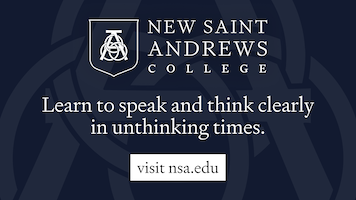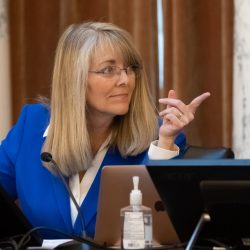By Branden Durst
“That’s our money!” So indignantly proclaimed the veteran teacher sitting across the table from me during a union contract negotiations meeting. The district had just lost a major levy (rightfully so) and was on a path to financial calamity without major reforms. In this meeting, what was best for the students was clearly the last thing on the agenda.
In a recent op-ed, Idaho Education Association (IEA) Associate Executive Director Matt Compton states that his members will continue to fight to “protect public schools”. Unfortunately, it seems that many union leaders and members are more focused on protecting their financial interests and the system than ensuring our children receive a quality education.
Conversely, advocates for school choice don’t see education funding as a means to enrich the adults working in the system. Rather, they see that money as something that should benefit children first and foremost. However, Compton’s portrayal of school choice is deliberately misleading. He labels every option as a “voucher,” creating a fear-based narrative to make people think all forms of school choice mean stripping resources away from public schools and drive teachers away from the profession.
High-quality teachers deserve to be compensated like the professionals they are. In an open and competitive labor market, such as one that would emerge in a universal school choice environment, the best teachers would be in high demand, and their services would be compensated accordingly. This would reward teachers who excel at their craft and directly benefit students, as talented educators would be incentivized to continually improve and innovate in their teaching practices.
Compton also argues, incorrectly, that school choice programs “blow up state budgets” and points to Arizona, the first state with a universal school choice program, as Exhibit A. But this is just another piece of hyperbolic fiction. The CATO Institute recently released a study that dispels this myth, showing that Arizona’s school choice program is actually saving the state money, not costing it more (CATO Institute Study).
Even Idaho Governor Brad Little and Superintendent of Public Instruction Debbie Critchfield see the writing on the wall. School choice is coming, and no amount of misinformation from union leadership or other opponents will stop it. The public pressure that I and others have placed on them has clearly led to a change in their approach. Their sudden embrace of some school choice measure (likely highly restrictive and practically unusable) indicates that they can no longer ignore the growing demand for education reform in our state.
Lying about what’s on the table has become the IEA’s final desperate strategy. When the facts don’t suit their agenda, they resort to scare tactics, manipulating emotions instead of engaging in a reasoned debate about what is best for our students. This approach doesn’t serve our children or our communities.
However, the members of the IEA aren’t lying when they tell you they will fight school choice. Unfortunately, their opposition isn’t rooted in what’s best for kids; it’s driven by their belief that the money belongs to them, not the students. They see school funding as a guaranteed income stream, not as a tool to improve educational outcomes. Until we change this mindset, we will never see an education system that truly puts students first.
It’s time to make education about kids, not cash. The money should follow the student, not the system — and certainly not the union’s bottom line.
Branden Durst, MPA, EdS, is a former state senator and former superintendent of the West Bonner School District
About Branden Durst
Branden Durst, MPA, EdS, is the chairman of Brabeion Academy. He is a former Idaho state representative and Idaho state senator and co-creator of the highly successful Advanced Opportunities program.













